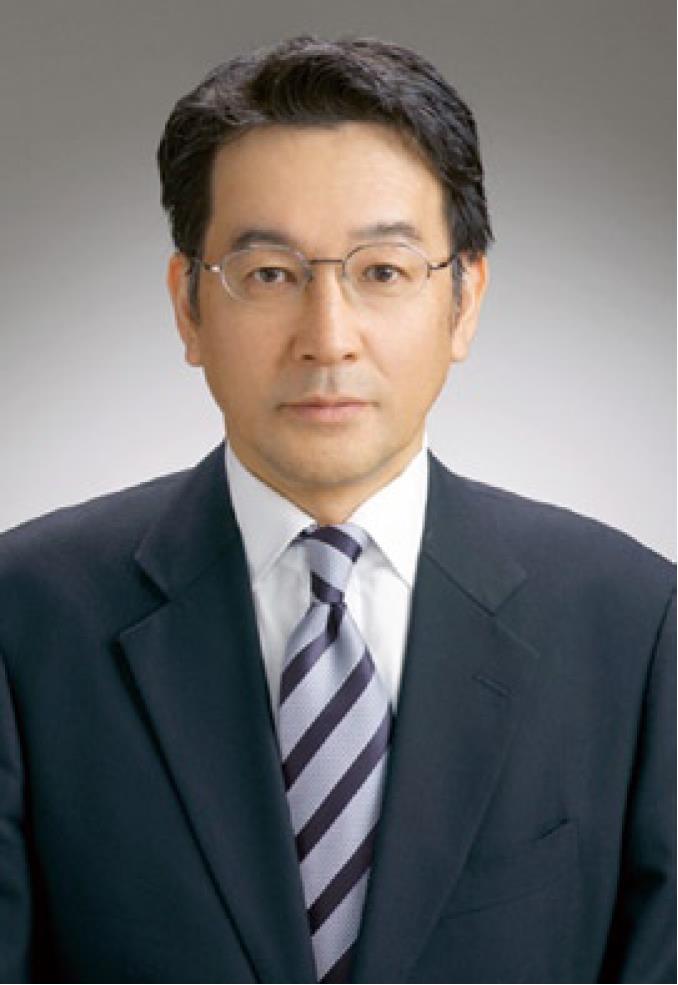Revised: December 20, 2011
Accepted: December 21, 2011
Published online: December 28, 2011
The first issue of the World Journal of Clinical Urology (WJCU), whose preparatory work was initiated on December 6, 2010, will be published on December 28, 2011. The WJCU Editorial Board has now been established and consists of 101 distinguished experts from 25 countries. Our purpose in launching the WJCU is to publish peer-reviewed, high-quality articles via an open-access online publishing model, thereby acting as a platform for communication between peers and the wider public, and maximizing the benefits to editorial board members, authors and readers.
- Citation: Ohori M. What is the purpose of launching World Journal of Clinical Urology? World J Clin Urol 2011; 1(1): 1-2
- URL: https://www.wjgnet.com/2219-2816/full/v1/i1/1.htm
- DOI: https://dx.doi.org/10.5410/wjcu.v1.i1.1
I am Makoto Ohori, a Professor from Tokyo Medical University (Figure 1) and the Editor-in-Chief of World Journal of Clinical Urology (World J Clin Urol, WJCU, online ISSN 2219-2816, DOI: 10.5410). I am very pleased to announce that the first issue of WJCU, whose preparatory work was initiated on December 6, 2010, will be published on December 28, 2011. The WJCU is a bimonthly peer-reviewed, online, open-access, journal supported by an editorial board consisting of 101 experts in experimental medicine from 25 countries.
There have been considerable technical and scientific innovations in the urological field in the last two decades. In addition, our methods of checking the progress of these innovations have dramatically changed from paper publications to internet. Following an unprecedented boom in online journals, this has filtered into many medical fields as well. Our new free-online journal, WJCU, would like to play an important role in providing medical information to both patients and their physicians.
In order to guarantee the quality of articles published in the journal, WJCU usually invites three experts to comment on the submitted papers. The contents for peer review include: (1) whether the contents of the manuscript are of great importance and novelty; (2) whether the experiment is complete and described clearly; (3) whether the discussion and conclusion are justified; (4) whether the citations of references are necessary and reasonable; and (5) whether the presentation and use of tables and figures are correct and complete.
The aim of WJCU is to rapidly report new theories, methods and techniques for prevention, diagnosis, treatment, rehabilitation and nursing in the field of urogenital diseases. WJCU covers genital diseases, urogenital abnormalities, urogenital neoplasms, urologic diseases, urogenital surgical procedures, diagnostic imaging, endoscopy, andrology, benign prostatic hyperplasia, urodynamics and urinary dysfunction, incontinence, urinary tract stones, minimally invasive therapy, renal transplantation, urinary reconstruction, traditional medicine, integrated Chinese and Western medicine, evidence-based medicine, and epidemiology. The journal also publishes original articles and reviews that report the results of applied and basic research in fields related to urology, such as immunology, physiopathology, cell biology, pharmacology, medical genetics, and the pharmacology of Chinese herbs.
The columns in the issues of WJCU will include: (1) Editorial: To introduce and comment on the substantial advances and their importance in fast-developing areas; (2) Frontier: To review the most representative achievements and comment on the current research status in important fields, and propose directions for future research; (3) Topic Highlight: This column consists of three formats, including (A) 10 invited review articles on a hot topic, (B) a commentary on common issues of this hot topic, and (C) a commentary on the 10 individual articles; (4) Observation: To update the development of old and new questions, highlight unsolved problems, and provide strategies on how to solve the questions; (5) Guidelines for Clinical Practice: To provide guidelines for clinical diagnosis and treatment; (6) Review: To systemically review the most representative progress and unsolved problems in the major scientific disciplines, comment on the current research status, and make suggestions on future work; (7) Original Articles: To report original innovative and valuable findings in urology; (8) Brief Articles: To briefly report novel and innovative findings in urology; (9) Case Report: To report a rare or typical case; (10) Letters to the Editor: To discuss and reply to the contributions published in WJCU, or to introduce and comment on a controversial issue of general interest; (11) Book Reviews: To introduce and comment on quality monographs on urology; and (12) Guidelines: To introduce consensuses and guidelines reached by international and national academic authorities worldwide on research in urology.
There is a proverb about not seeing the wood for the trees, which suggests that we should not be caught up with trivial matters and lose sight of the big picture. Similarly, we need good study design and statistical supports not to lose “sight of the big picture”. On the other hand, we need to realize how important each tree is in our medical field. WJCU will focus on both tree and wood related to all urological diseases and provide a place to communicate, therefore, we encourage all colleagues to actively use this online free journal. It is our hope that this fine collection of articles will be a valuable resource for WJCU readers and will stimulate further research into the vibrant area of urology.
S- Editor Yang XC L- Editor Webster JR E- Editor Li JY
| 1. | Kattan MW, Eastham JA, Wheeler TM, Maru N, Scardino PT, Erbersdobler A, Graefen M, Huland H, Koh H, Shariat SF. Counseling men with prostate cancer: a nomogram for predicting the presence of small, moderately differentiated, confined tumors. J Urol. 2003;170:1792-1797. [PubMed] [DOI] [Cited in This Article: ] [Cited by in Crossref: 272] [Cited by in F6Publishing: 280] [Article Influence: 13.3] [Reference Citation Analysis (0)] |
| 2. | Ohori M, Kattan MW, Koh H, Maru N, Slawin KM, Shariat S, Muramoto M, Reuter VE, Wheeler TM, Scardino PT. Predicting the presence and side of extracapsular extension: a nomogram for staging prostate cancer. J Urol. 2004;171:1844-1849; discussion 1849. [PubMed] [DOI] [Cited in This Article: ] [Cited by in Crossref: 214] [Cited by in F6Publishing: 221] [Article Influence: 11.1] [Reference Citation Analysis (0)] |









